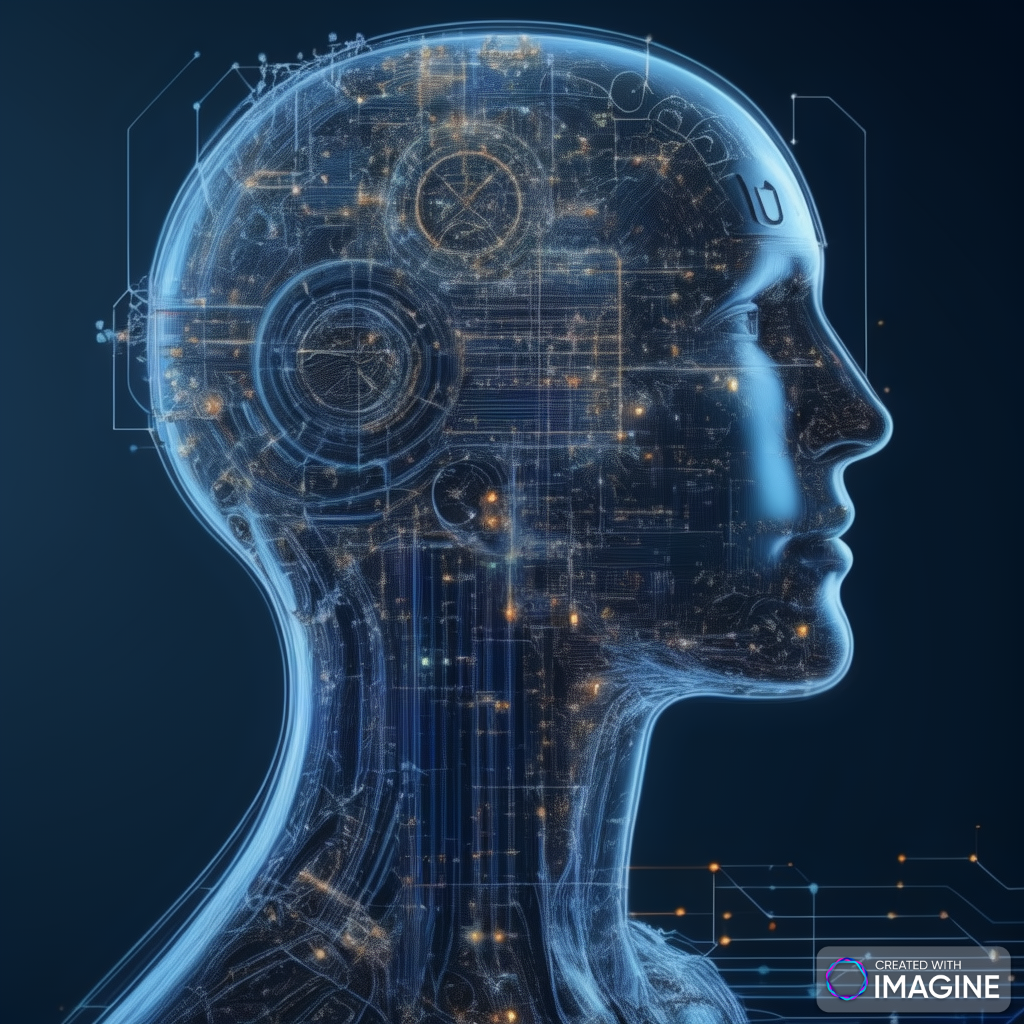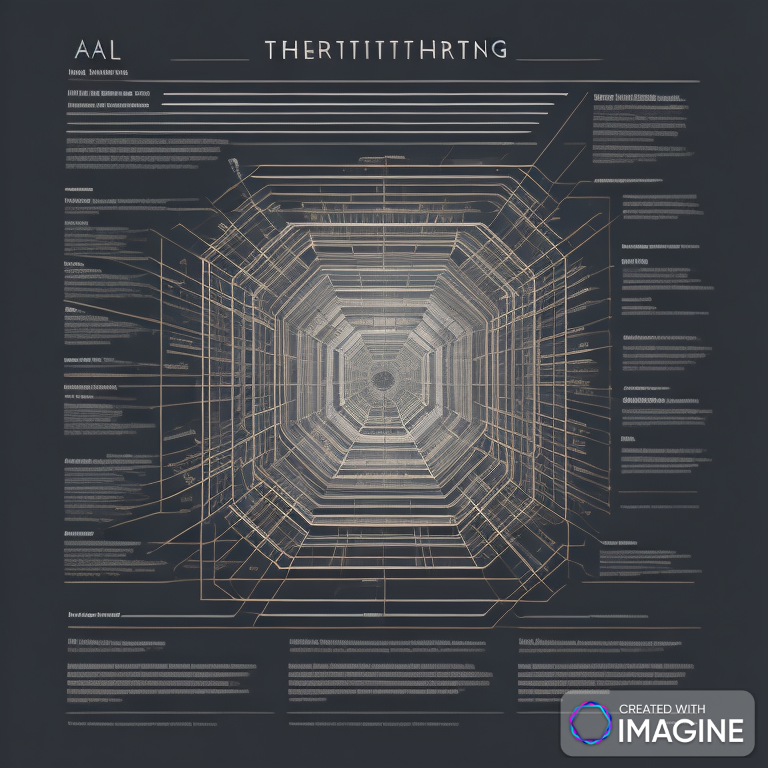Connectionist and Symbolic Approaches: Complementary Forces in AI and Cognitive Science
The field of artificial intelligence (AI) and cognitive science has long been divided between two major approaches: connectionist and symbolic. These approaches, while often perceived as competing paradigms, are in fact complementary. Their integration offers a richer understanding and more effective solutions to complex problems in AI and cognitive science. This blog post explores the historical context, key concepts, and current state of both approaches, emphasizing their complementary nature and potential for synergy.
Historical Context
The division between connectionist and symbolic approaches can be traced back to the early days of  research. Symbolic AI, also known as classical AI, emerged in the 1950s and 1960s, focusing on high-level cognitive tasks such as reasoning, problem-solving, and language processing. It relies on the manipulation of symbols and the application of explicit rules to achieve intelligent behavior. Key figures in this movement include John McCarthy, Marvin Minsky, and Allen Newell.
research. Symbolic AI, also known as classical AI, emerged in the 1950s and 1960s, focusing on high-level cognitive tasks such as reasoning, problem-solving, and language processing. It relies on the manipulation of symbols and the application of explicit rules to achieve intelligent behavior. Key figures in this movement include John McCarthy, Marvin Minsky, and Allen Newell.
In contrast, connectionism, which gained prominence in the 1980s, emphasizes the role of neural networks in mimicking the brain’s architecture and functioning. Connectionist models, or artificial neural networks, consist of interconnected nodes (neurons) that process information in parallel, learning from data through adjustments in connection weights. Pioneers in connectionism include Geoffrey Hinton, David Rumelhart, and James McClelland.
Key Concepts
Symbolic AI
- Rule-Based Systems: Symbolic AI systems use predefined rules and logical operations to manipulate symbols and derive conclusions. Examples include expert systems and logic programming.
- Knowledge Representation: Knowledge in symbolic AI is represented explicitly through languages such as predicate logic and semantic networks.
- Top-Down Approach: Symbolic AI adopts a top-down approach, starting with high-level cognitive functions and decomposing them into simpler, symbolic operations.
Connectionist AI
- Neural Networks: Connectionist AI uses neural networks, which are composed of layers of interconnected neurons that process information through weighted connections.
- Learning and Adaptation: Neural networks learn from data by adjusting the weights of connections through algorithms such as backpropagation. This allows them to adapt and improve over time.
- Bottom-Up Approach: Connectionist AI employs a bottom-up approach, building from simple neuron-like units to complex networks capable of performing high-level tasks.
Modern Bifurcation in Neural Network Research
As the field of neural network research has evolved, it has bifurcated into two distinct areas:
- Architectural and Algorithmic Research:
- Focus: This area is concerned with developing effective network architectures and learning algorithms. It aims to enhance the performance, efficiency, and scalability of neural networks.
- Examples: Innovations such as convolutional neural networks (CNNs), recurrent neural networks (RNNs), and transformers fall under this category.
- Mathematical Properties: Researchers in this field also delve into the mathematical underpinnings of neural networks, exploring topics like optimization, generalization, and interpretability.
- Empirical Neuroscience Modeling:
- Focus: This area focuses on modeling the empirical properties of actual neurons and ensembles of neurons. It aims to understand how the brain processes information and replicates these mechanisms in artificial systems.
- Examples: Studies on spiking neural networks, neuromorphic computing, and biologically plausible learning rules are part of this research.
- Neurobiological Insights: This field leverages insights from neuroscience to create models that closely mimic the brain’s functioning, contributing to our understanding of both artificial and biological intelligence.
Complementarity of Connectionist and Symbolic Approaches
Despite their differences, connectionist and symbolic approaches offer complementary strengths that can be leveraged to build more robust AI systems:
- Hybrid Systems: Combining symbolic reasoning with neural network learning can create hybrid systems that benefit from both approaches. For example, integrating symbolic logic with neural networks can enhance explainability and reasoning capabilities.
- Cognitive Modeling: In cognitive science, combining connectionist and symbolic models can provide a more comprehensive understanding of human cognition, capturing both high-level symbolic reasoning and low-level neural processes.
- Problem Solving: Symbolic AI excels in tasks requiring explicit reasoning and manipulation of abstract concepts, while connectionist AI is superior in tasks involving pattern recognition, learning from data, and dealing with uncertainty. Together, they can tackle a wider range of problems.
Case Study: DeepMind’s AlphaGo
One prominent example of the synergy between connectionist and symbolic approaches is DeepMind’s AlphaGo. AlphaGo combines deep neural networks (connectionist) with Monte Carlo tree search (symbolic) to play the game of Go at a superhuman level. The neural network evaluates board positions and suggests moves, while the symbolic tree search explores possible future moves and outcomes. This combination allows AlphaGo to integrate intuitive pattern recognition with strategic planning, demonstrating the power of hybrid systems.
Future Directions
The future of AI and cognitive science lies in the continued integration of connectionist and symbolic approaches. As research progresses, we can expect:
- Improved Explainability: Hybrid models can enhance the transparency and interpretability of AI systems, addressing concerns about “black box” neural networks.
- Enhanced Learning: Combining the strengths of both approaches can lead to more efficient learning algorithms that require less data and computational resources.
- Broader Applications: The integration of symbolic and connectionist methods can expand the applicability of AI to more complex and varied tasks, from natural language understanding to autonomous decision-making.
Expanding the Synergy of Connectionist and Symbolic Approaches in AI
The convergence of connectionist and symbolic AI methodologies not only addresses a broad spectrum of cognitive tasks but also paves the way for innovative applications that were previously unattainable with either approach alone. This blog post delves deeper into additional dimensions of these complementary methods, their advancements, and their implications for future AI research and applications.
Bridging the Semantic Gap
Semantic Understanding: One of the key challenges in AI is achieving a deep semantic understanding of language and concepts. Symbolic AI excels in handling structured, rule-based tasks but often struggles with the nuances of natural language. Connectionist AI, particularly through models like transformers and BERT, has shown remarkable proficiency in understanding context and semantics in unstructured data. Integrating these capabilities can result in AI systems that not only understand but also reason with language, improving applications in natural language processing (NLP).
Knowledge Graphs: Symbolic AI can enhance connectionist models by providing structured knowledge through knowledge graphs. These graphs enable AI systems to link concepts and infer relationships, thereby enriching the semantic understanding of data processed by neural networks. This integration allows for more sophisticated question-answering systems and better decision-making processes.
Enhancing Robustness and Generalization
Robust AI Systems: The combination of symbolic and connectionist approaches can lead to AI systems that are more robust to noise and adversarial attacks. Symbolic reasoning provides a framework for verifying and validating the decisions made by neural networks, ensuring that the outcomes are consistent with predefined rules and logical constraints.
Transfer Learning: Connectionist models, particularly deep learning networks, have demonstrated significant capabilities in transfer learning, where knowledge gained from one task is applied to another. Symbolic AI can further refine this by applying high-level abstractions and rules that guide the transfer of knowledge, improving the generalization across diverse tasks and domains.
Improving Interpretability and Trust
Explainable AI: One of the major criticisms of deep learning models is their lack of interpretability. By incorporating symbolic reasoning, we can create hybrid models that provide clear, human-understandable explanations for their decisions. This is crucial in domains like healthcare and finance, where understanding the reasoning behind AI decisions is essential for trust and accountability.
Causal Inference: Symbolic AI can contribute to the development of causal inference mechanisms in connectionist models. Understanding causality, rather than mere correlation, allows AI systems to make more accurate predictions and decisions, particularly in complex environments where cause-effect relationships are critical.
Cross-Domain Applications
Medical Diagnosis: In healthcare, the integration of symbolic and connectionist AI can revolutionize diagnostic systems. Neural networks can process and analyze vast amounts of medical data, while symbolic AI can apply medical knowledge and rules to interpret these analyses, leading to more accurate and reliable diagnoses.
Autonomous Systems: For autonomous vehicles and robotics, the combination of these approaches enhances decision-making capabilities. Neural networks can handle perception tasks such as object detection and tracking, while symbolic reasoning can manage higher-level planning and decision-making, ensuring safety and compliance with traffic rules and regulations.
Ethical AI Development
Bias Mitigation: Hybrid AI systems can help in identifying and mitigating biases present in data. Symbolic AI can impose fairness constraints and ethical guidelines, while neural networks can adjust their learning processes to minimize bias, leading to more equitable and ethical AI applications.
Regulatory Compliance: In sectors where regulatory compliance is crucial, such as finance and healthcare, symbolic AI can ensure that AI systems adhere to legal and ethical standards. This integration ensures that AI systems not only perform well but also operate within the boundaries of established regulations.
Future Research Directions
Neuro-Symbolic Integration: Research in neuro-symbolic integration is gaining momentum, focusing on creating architectures that seamlessly blend neural and symbolic components. This includes developing novel algorithms that enable efficient interaction between these components, enhancing both learning and reasoning capabilities.
Cognitive Architectures: Developing comprehensive cognitive architectures that mimic human cognitive processes is another promising direction. These architectures can leverage the strengths of both symbolic and connectionist approaches, providing a holistic model of human intelligence that can be applied to a wide range of AI applications.
Conclusion
The complementary nature of connectionist and symbolic approaches in AI offers a rich tapestry of opportunities for advancing the field. By leveraging the strengths of both methodologies, researchers and practitioners can create more robust, interpretable, and ethically sound AI systems. The future of AI lies in embracing this synergy, fostering innovation, and addressing complex challenges across various domains.
The connectionist and symbolic approaches, rather than being competing paradigms, offer complementary strengths that can be harnessed to advance AI and cognitive science. By integrating these approaches, researchers and practitioners can develop more robust, efficient, and versatile AI systems that better mimic human intelligence and tackle a wider array of challenges. The future of AI lies in embracing the synergy between these two approaches, fostering innovation and deeper understanding in the quest for artificial and cognitive intelligence.






